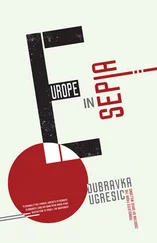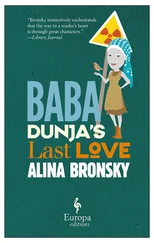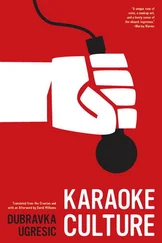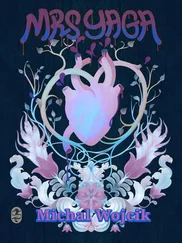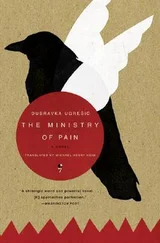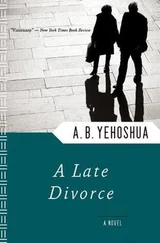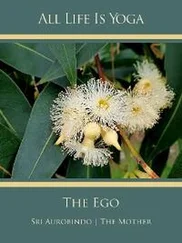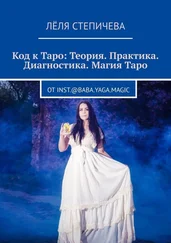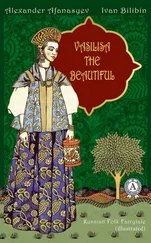In Bulgarian folklore, chickens are ‘unclean’, ‘dark’ animals, related to demons. A chicken is a bird that cannot fly. It pecks the ground with its beak, hence it connects people with chthonic powers. Thus the chicken encompasses contradictions: as a kind of livestock, it belongs to people, but equally it belongs to the heavens (being a bird), and at the same time to the underworld (being unable to fly). Notions of Baba (Yaga) sitting on eggs in a nest made in a treetop, of her hut on hen’s legs, of her ability to give birth to forty-one daughters (a quantity that could only have hatched from eggs!): [50] I assume that your author’s title, Baba Yaga Laid an Egg , derives from this archetypal image. However, a parallel reading of the title is possible, one that would see the egg as, to put it bluntly, a symbol of (female) creativity. If we pursue the reading in this key, then the picture of female creativity looks rather grim. Female artists are Baba Yagas, isolated, stigmatised, separated from their social surroundings (they live in the woods or on its edge), wholly reliant on their own powers. Their role, just like the role of Baba Yaga in the fairytales, is marginal and constricted. On the other hand, the same title can be read as a cheerful apology for women’s creativity. Linguistic analysis could lead to a comically grotesque inversion of the phenomenon of female creativity. For every child in Croatia, Serbia and Bosnia knows the nursery rhyme: Okoš-mokoš Prdne kokoš Pita baja Kol’ko tebi treba jaja? (Okosh-Mokosh-marting The black hen is farting The basket is full, full is the dish How many eggs do you wish?) Mokosh, as we know, is the pagan Slavic goddess of fertility ( Mokoš, Makoš, Mat syraja zemlja ). Over time, Mokosh became the guardian of pregnant women and women in childbirth, and under Christianity she gained the name of St Paraskeva or St Petka (meaning ‘Friday’). In American showbiz jargon, the expression to lay an egg means to fail in a performance – more bluntly, to ‘corpse’ or ‘die’. Presumably your author did not mean to invoke that remote connotation; even so, given that our theme is Baba Yaga in all her ambivalence, it invokes itself.
these all build up a picture of a black-feathered demon that is linked with all three spheres of the world.
Birds have always fascinated the human imagination, because they are connected with people’s deepest dreams of flight. Mere mortals are chained to the earth, whereas wings were the endowment of demons, angels, fairies and other mythical creatures. Birds are the gods’ transport of choice (Garuda carried the Indian god Vishnu, and Brahma flew on a goose).
In one of the most beautiful Russian fairytales, The Feather of Finist the Grey Falcon , a maiden begs her father to buy her a feather from Finist, a falcon. After three attempts, her father finally gets a feather and gives it to his daughter in a box. When she opens the box, the feather flies out, lands on the ground and turns into a handsome prince before the girl’s very eyes. The maiden and the prince love each other every night, until the maiden’s sisters find out about the unusual sweetheart from the box and wound him badly. The falcon flies away, and the girl, if she is to find him again, must pass through thirty lands in thirty realms, wearing out three pairs of iron shoes and wearing down three iron staffs. On the way, three good Baba Yagas give her useful gifts: a silver distaff and golden spindle, a silver dish with a golden egg and a golden embroidery frame and needle. In the end, the maiden finds her sweetheart, her feather, and marries him.
The most feathery and aerodynamic Russian fairytale is the tale of Elena the Wise. [51]Everyone flies in this tale: the ‘dark forces’, the ordinary soldier (turned into a robin redbreast), the three sisters (turned into doves) and Elena the Wise herself.
The age-old human fantasy of flight has persisted down to our own aero-age, into mass culture and its genres (sci-fi, cartoon strips, films), and has bred two of the mythical mega-icons of our time: Superman and Batman. Interestingly, among the mass media myth-icons of our time, there aren’t any strong female counterparts. Wonder Woman stays in the margins. Even in the lowlier zones of human imagination, the pilots’ seats are reserved for men.
Only in ancient mythical zones is women’s power of flight unlimited. There they fly on equal terms with men. In the oldest times of all, aerial traffic was unusually dense: the heroes flew on huge birds and magic carpets; along with anthropomorphised winds, flashes of lightning and thunderbolts, dragons and witches, flying daggers, brooms, mortars, dark forces, demons and demonic creatures, gods, deities and brave heroes went in search of their sweethearts – pea-hens, doves, swans and graceful ducks – falcons, eagles and hawks. In these zones, Baba Yaga herself could fly freely. She flew in her mortar, in her mortar-womb, to be sure, but the thing is, she flew.
Remarks
Your author’s narrative has a striking ornithological framework: the story in the first part, for example, is set in a three-year temporal framework which limits the invasion of the starlings to one of Zagreb’s neighbourhoods, and their departure likewise. In the second part, right on the first day we learn from the newspaper that Arnoš Kozeny is reading that the H5 strain of bird ’flu has been discovered, while on the last day, we learn – again from Arnoš Kozeny’s newspaper – that thousands of hens were slaughtered on Czech farms because of suspicions that they were infected with the H5N1 virus. All in all, there are feathery motifs to spare. I shan’t offer a more detailed analysis here, rather I shall leave you to brood a while on the symbolical eggs in your author’s text.
In one of the old Bulgarian legends, the Archangel Michael meets a woman and asks where she comes from and who she is. ‘I’m a witch, and I slither into the house like a snake,’ the woman replies. The archangel ties her up and starts to hit her with an iron rod. ‘I shall beat you until you tell me all your names,’ he says. The witch reels off her names, until she reaches the nineteenth. The legend is hard to translate because the multiple oral traditions have produced a ‘Chinese whispers’ effect, creating a delightful alloy of Hebrew, classical Greek, Bulgarian and who knows what else, so that many words can hardly be deciphered with any certainty. This is how it happens that – in the text that has come down to us – the witch did not reveal all her names or all her faces.
Likewise with Baba Yaga. The story about her circulated for hundreds of years by word of mouth, from ear to ear. Although the storytellers (and later the interpreters) set about her with their interpretive rods, they still could not bring all her ‘names’ to the surface. Only partly misogynistic herself, Baba Yaga was (and remains) the object of frightful misogyny: they beat her, dunked her, threw her in the fire, shoed her like a horse, banged nails into her, cut off her head, pierced her with swords, forged her tongue on an anvil, roasted her in the oven, monstrously insulted her in fairytales, children’s jokes and epic poems. [52]
Let us say it once again: Baba Yaga is a witch, but she does not belong to the coven of witches; she can be both good and evil; she is a mother, but she is her own daughter’s killer; she is a woman, but she has no man, nor ever had one; she is a helper, but she also plots and schemes; she has been excommunicated from the human community, but she does communicate with humans; she is a warrior, but a housewife too; she is ‘dead’, but also a living being; she roasts a little child in the oven, but the outcome has her being roasted herself; she flies, but at the same time she is riveted to the ground; she only has a ‘supporting role’, but she is the hero’s mainstay as he (or she) makes his (or her) way to fame and fortune.
Читать дальше

